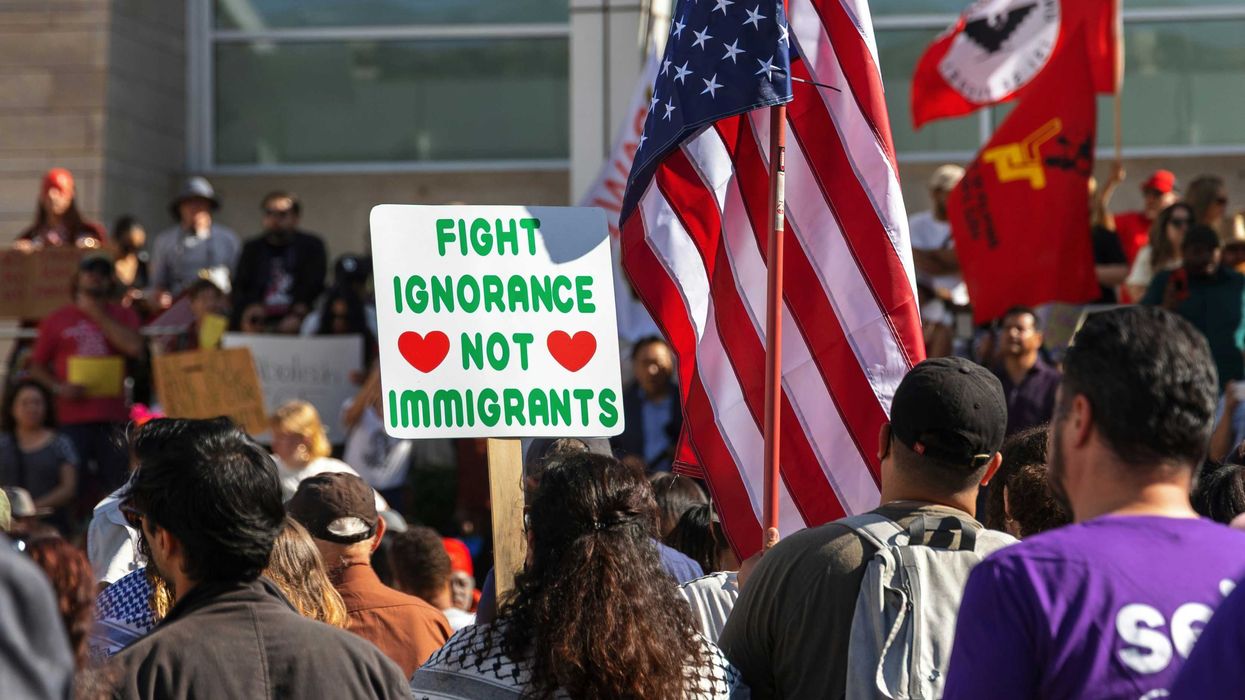For many Americans, any sort of legal entanglement can send their lives into a tailspin. A landlord illegally withholding a security deposit can initiate a period of economic insecurity. An old criminal charge that qualifies for expungement may prevent someone from earning that next job. A marriage gone south can be made all the more difficult when divorce proceedings start to get squirrely. In each of these scenarios, the lives of Americans would be made vastly better if the legal profession stepped up to fulfill its obligation to everyday individuals, rather than just high-paying clients. This is a solvable problem. The solution is on display in Ohio.
The idea of “mobile justice” animated a group of Ohioans to launch the Ohio Justice Bus in 2019. They realized that too many of their community members lacked reliable access to attorneys to assist with pressing issues—from landlord/tenant disputes to family law matters. Like so many states across the country, Ohio is home to legal deserts in which the demand for legal services vastly outnumbers the supply of quality, affordable legal assistance. Rather than simply hope that more attorneys opted to settle down in smaller communities, the folks behind the Ohio Justice Bus had a much simpler idea—bring legal expertise to the people.
A simple model has allowed the organization to untangle thousands of Ohioans from resource- and time-intensive legal matters. Led by a small but mighty team, the Ohio Justice Bus coordinates with community organizations across the state to host clinics on specific, common legal issues. The organization’s staff attorney, combined with local attorneys, will then spend the day walking community members through their legal matters. To amplify the impact of its visits, the mobile legal aid office is equipped with WiFi so attorneys can remotely engage in Zoom meetings with rural residents in need of some advice. More than 600 Ohioans benefited from the Ohio Justice Bus’ services in 2023. In 2024, the organization aided another 700 residents. In each of those years, it hosted more than 105 clinics and recorded upwards of 20,000 miles.
Mobile justice in Ohio is not a happy accident. Instead, it is the product of a deliberate choice by legal community members who refuse to accept a world in which access to justice is a function of access to deep pockets. From the attorneys at Honda, who routinely sign up for volunteer slots, to the folks at a local Mercedes Benz dealership, who helped the Ohio Justice Bus procure their van, the success of the organization is a product of a collection of builders and doers.
Ohio is not the only state where mobile justice is catching on. Similar efforts exist in Kentucky, Minnesota, New York, Tennessee, and Utah. But there’s still so much room for improvement.
Attorneys in most states are encouraged (i.e. not required) to complete 20-30 hours of volunteer service per year. That’s shockingly low, especially given that many such attorneys make more money than they know what to do with. Some junior associates at “big law” firms have starting salaries north of $250,000. If state bar associations are going to restrict the total number of attorneys, then they owe it to the public to make sure those who do pass the bar exam take the duty of the profession to serve their community seriously—to help Americans benefit from the legal system rather than feel captive to it.
The success of the Ohio Justice Bus and similar projects goes to show that there’s still a can-do spirit across the country. Acceptance of the status quo—marked by unequal access to opportunity and pay-to-play systems—is a choice. Thankfully, some Americans are opting to choose a different, more prosperous future. Hopefully, their example will catch on.
Kevin Frazier is an Adjunct Professor at Delaware Law and an Emerging Technology Scholar at St. Thomas University College of Law.




















